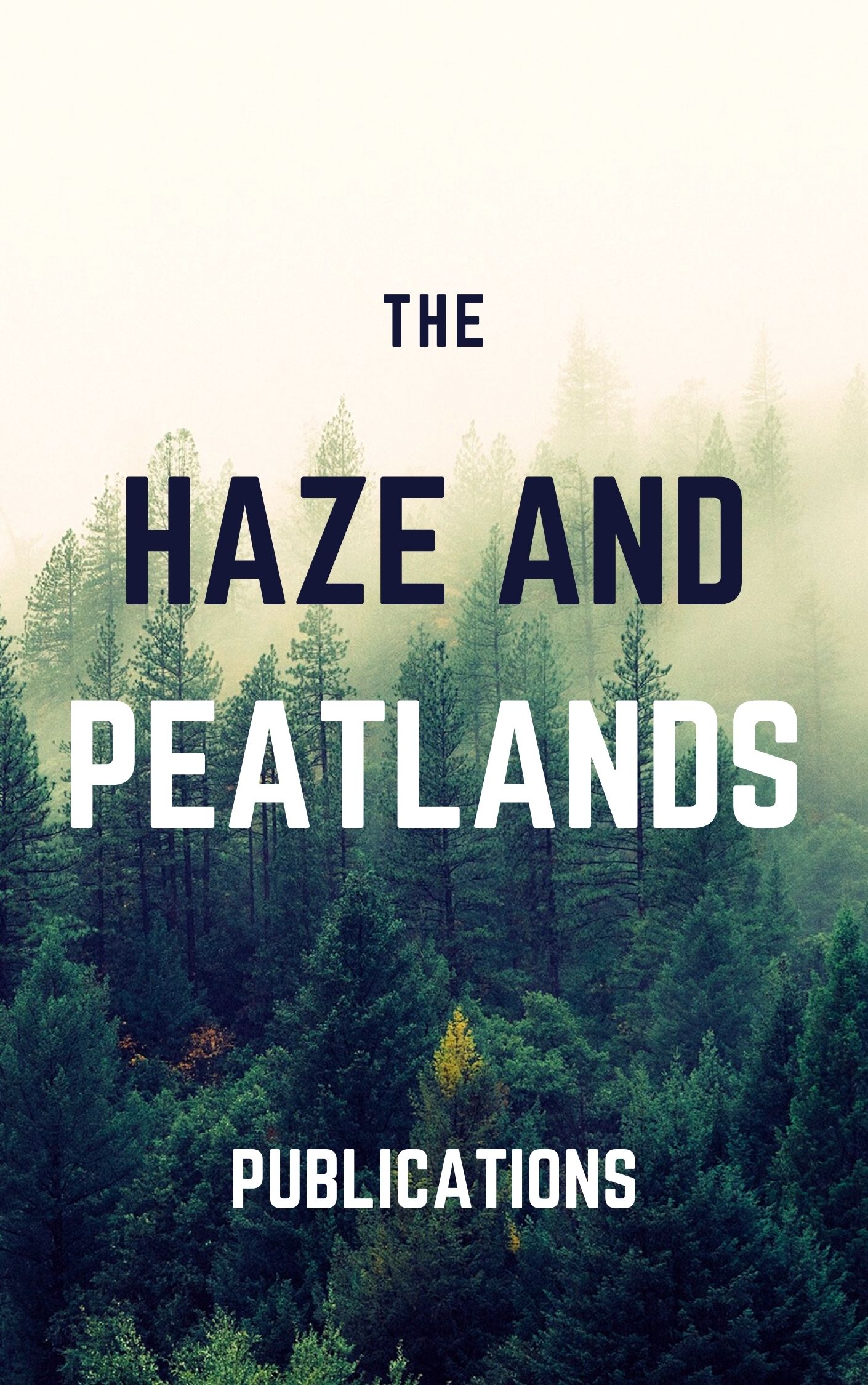Accurate and timely population distribution maps are critical to addressing health epidemics, coordinating natural disaster response, tracking global changes for environmental conservation, confronting human rights issues, and more. Satellite imagery has opened numerous ways for mapping population distribution - previously unattainable without conducting a resource intensive census. While great advances have been made in urban population mapping, large gaps still exist for rural and remote populations which tend to be the most vulnerable to environmental, economic, and socio-political change. Moderate resolution remote sensing data, such as Landsat, has generally been viewed as insufficient for rural mapping given its coarseness relative to the size of a rural dwelling. This paper presents an approach for detecting small rural settlements within Ann Township of Rakhine State, a remote region of Myanmar with a highly mobile population, by combining Landsat data with publicly available auxiliary geospatial data. The key to the success of detecting small settlements at the Landsat resolution was the inclusion of multi-temporal auxiliary data sensitive to human activity patterns in the regions, such as distance to water, change in seasonal vegetation signals, and distance to a recent active fire. The use of active fire in this context is novel and provided a key metric that increased the accuracy of the resultant map. The final dataset has a classification accuracy of 86.5% on a per-pixel basis and 93.1% on a location identification basis. Numerous small settlements (on the order of 2-3 structures in some cases) not previously mapped by other datasets are identified, revealing that the population of Ann Township is far more dispersed and isolated than previously mapped. This study concludes that by incorporating regionally specific characteristics, moderate resolution remotely sensed data can be used to successfully map geographically marginalized communities so that services and aid are better able to reach them.
View source

